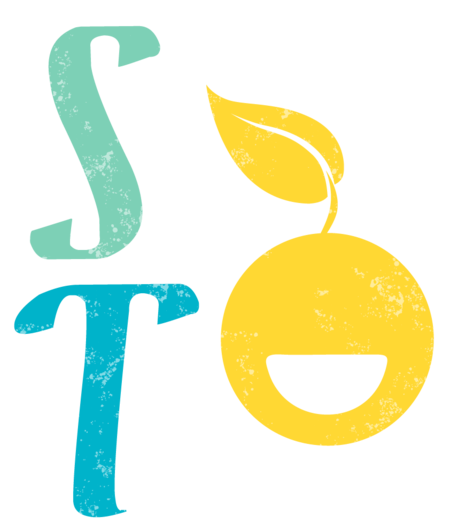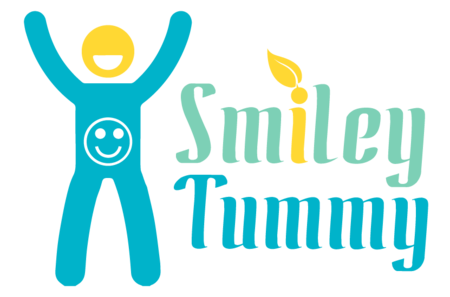Digestive System
The Digestive System
The digestive system's purpose is to transform the food we eat into substances that can be assimilated by the body, which helps the body perform a number of functions. The food has to go through various stages in the digestive tract in order for the nutrients to be extracted and allowed to pass through to the next stage.
The Mouth
This is the beginning of our digestion and it starts with chewing. Chewing our food breaks the food into smaller pieces, which makes it easier for the digestive enzymes to do their job. Taking your time to chew and being more aware of how we eat can help to make a positive difference. Try to make a conscious effort to enjoy your food and also be mindful of how your body is reacting to what you're eating.
The Oesophagus
This is a very strong and flexible muscle that transports the food from the mouth to the stomach. The oesophagus releases a slimy substance, which helps the food to pass down the tube into the stomach.
The Stomach
The stomach is a J-shaped, elastic organ that expands depending on what is in it. The wall of the stomach has various layers of muscle fibres with an inner mucous membrane. The enzymes in the stomach help to digest proteins. The stomach also helps kill bacteria by releasing hydrochloric acid.
The Pancreas
The pancreas is a gland that delivers pancreatic juices to the duodenum, which is the first section of the small intestine. The pancreas teams up with both the digestive system and the endocrine systems, producing enzymes to break down food and the hormone insulin which regulates blood sugar levels after eating.
The Liver & Gall Bladder
The liver is the largest gland in the body, it metabolises & removes toxins. The liver also removes nitrogen from amino acids. The main digestive function of the liver is to produce bile, which is a fluid like substance made up of acids, salts & other various forms of metabolic substances. The salts in bile help to break down the fats in our food. The gall bladder stores any excess bile produced by the liver, it also absorbs water from bile making it more concentrated.
The Small Intestine
The small intestine is the longest part of the digestive system and it is split into three sections: the duodenum, the jejunum and the ileum. The walls have four layers, including a layer with muscles, a blood vessel layer, lymph vessels & nerve layer & the fourth layer is an inner mucus membrane. There are various types of enzymes within the intestinal secretions which break down different food groups such as lactase for the digestion of sugar & carbohydrates, trypsin & chymotrypsin for protein digestion, & lipase for fat digestion. Completion of the chemical digestion of food & absorption of nutrients takes place in the small intestine.
The Large Intestine
The large intestine handles the waste. It has six parts: the caecum, appendix, colon, rectum, anal canal & anus. Gut flora it is a myriad of bacteria that occurs within the large intestine. The gut flora forms a bacterial layer that covers the entire digestive track. This layer works as a physical barrier to protect against transitional flora , viruses, parasites, toxins, and undigested food particles. The gut flora produces acids that decrease the pH of the gut wall and make it a hostile environment for microbes that cause disease. The large intestine also reabsorbs water & nutrients from digestive waste & eliminates waste.



